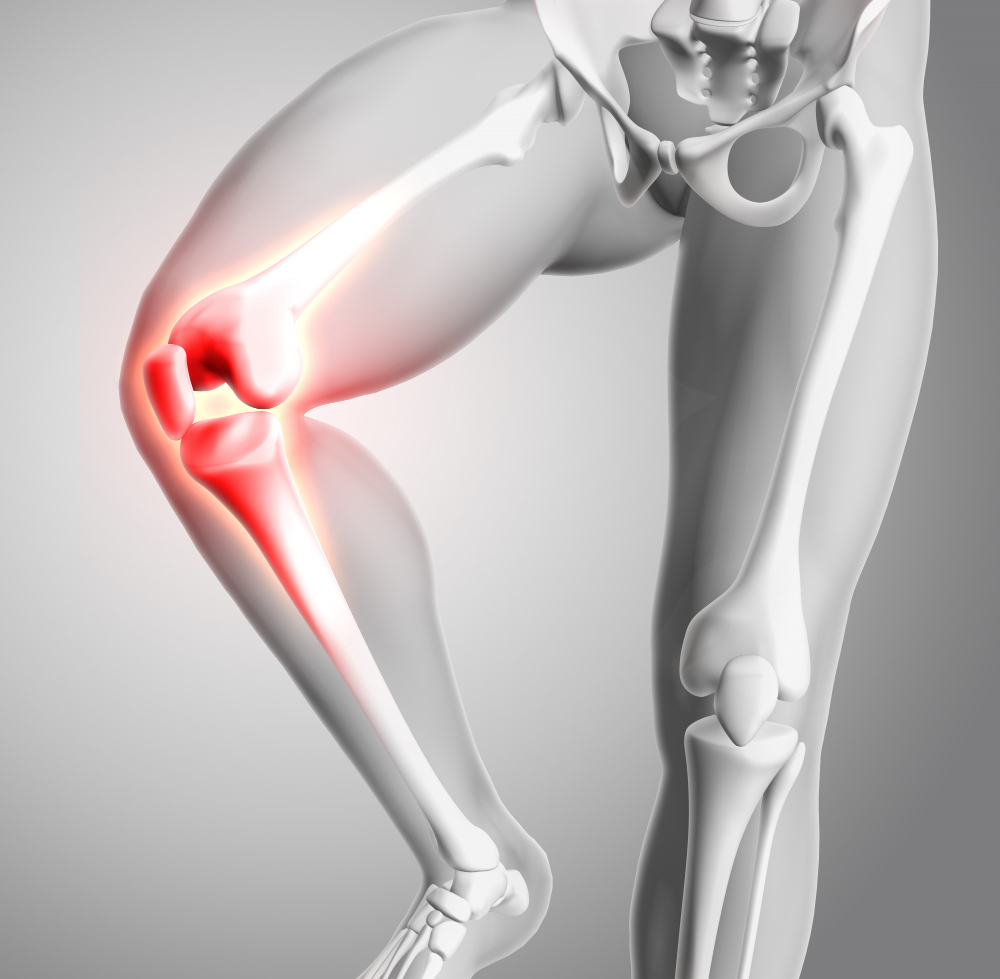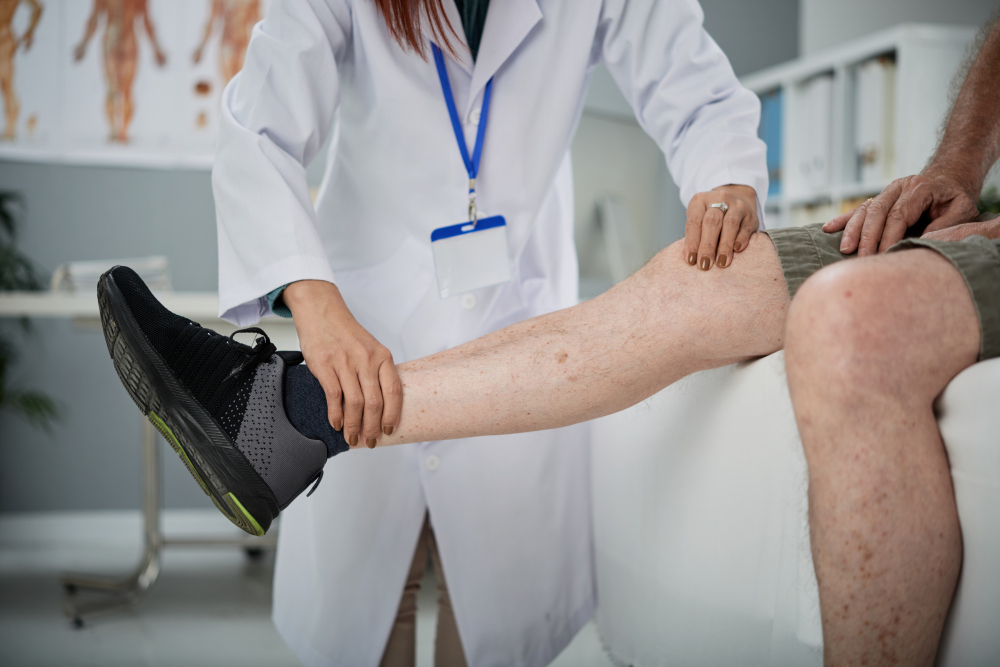The word “arthritis” is broad and covers more than 100 distinct joint disorders and ailments. It frequently results in pain, swelling, and a restricted range of motion in the afflicted joints, making it difficult to carry out everyday activities like writing, walking, and chopping food. All ages, genders, and races are affected by arthritis, which is the most common cause of disability in the United States. Almost 300,000 children and two-thirds of adults with arthritis are under 65. The two most common types are rheumatoid arthritis and osteoarthritis, each with unique symptoms and methods of treatment. Read on to learn more about how to prevent arthritis.
The most common form of arthritis is called osteoarthritis, or “wear and tear” arthritis because it is caused by a slow deterioration of joint cartilage. The lining of the membranes surrounding the joints, the synovium, is the target of rheumatoid arthritis, an inflammatory disease. Inflammation brought on by this inflammatory onslaught may ultimately result in bone damage and joint deformity.
Other types of arthritis include psoriatic arthritis, which affects people who have psoriasis, and gout, which is characterized by abrupt, intense episodes of joint pain brought on by uric acid crystal accumulation. Children who have juvenile arthritis may experience identical symptoms, but their treatment and long-term effects may be very different from those of adult-onset arthritis.
Importance Of Preventing Arthritis
Since arthritis is one of the main causes of disability around the world, prevention is important. Early intervention can lessen the severity of arthritis or drastically lower the likelihood of acquiring it. By learning how to avoid arthritis, one can keep mobility, enhance quality of life, and save money on medical expenses related to long-term care.
Owing to its widespread occurrence, arthritis places a significant strain on people and healthcare systems alike. Effective prevention can lessen this burden by lowering the prevalence of disability associated with arthritis. Additionally, lifestyle changes that support general health, such as eating a balanced diet, staying physically active on a regular basis, and keeping a healthy weight, are frequently included in preventive methods. These modifications may have a more widespread effect, aiding in the prevention of other chronic illnesses including diabetes and heart disease.

Types And Categories Of Arthritis
1. Osteoarthritis
The most common type of arthritis is osteoarthritis, which is also known as “wear and tear” arthritis. It happens as the cartilage that cushions the ends of your bones ages and becomes less effective. Bones start to rub against one another as the cartilage degrades, causing pain, edema, and decreased mobility in the joints. Osteoarthritis is a condition that is brought on by aging, joint injuries, and repetitive stress on the joints.
2. Rheumatoid Arthritis
As an autoimmune disease, rheumatoid arthritis mostly affects the lining of the joints, making them swell and hurt. Over time, this can cause deformities in the joints and bone loss. Osteoarthritis is caused by wear and tear on the joints, but rheumatoid arthritis is caused by the immune system fighting the joints by accident. This illness is classified as a systemic disease since it can also impact other bodily systems and organs.
3. Psoriatic Arthritis
Psoriatic arthritis is a type of arthritis that affects certain individuals who have psoriasis, a condition characterized by red regions of skin covered in silvery scales. Any area of the body, including the fingertips and spine, can be affected by this type of arthritis, which can range in intensity from mild to severe. Psoriatic arthritis-related inflammation can cause serious discomfort and damage to joints.
4. Gout
Gout is distinguished by sudden, intense bouts of pain, swelling, redness, and tenderness in the joints, particularly the one at the base of the big toe. It is brought on by high blood uric acid levels, which can cause severe pain and inflammation by forming urate crystals in a joint or surrounding tissue that resemble pointed, needle-like crystals. Consuming a lot of meat and fish is one dietary element that can raise your chance of developing gout.
5. Juvenile Arthritis
Arthritis in children 16 years of age or younger is referred to as juvenile arthritis. It may result in lingering stiffness, edema, and joint pain. Any joint as well as internal organs may be impacted by the illness. A child’s growth and development may be significantly impacted by juvenile arthritis, thus prompt diagnosis and treatment are essential.
Symptoms And Signs Of Arthritis
- Joint pain: The main sign of arthritis is joint pain, which can be minor or severe.
- Swelling: Swelling is a common sign of inflammation that goes along with joint pain.
- Reduced range of motion: Joint movement may be restricted by stiffness and swelling.
- Stiffness: This is most obvious in the morning or after being still for a while.
- Fever: In certain cases of arthritis, such as juvenile or rheumatoid arthritis, fever may be experienced.
- Fatigue: Inflammatory forms of arthritis have been linked to chronic fatigue.
- Loss of appetite: Due to the systemic consequences of inflammation, loss of appetite is common in inflammatory arthritis.
- Inflammation of the eyes: A number of autoimmune diseases, including juvenile arthritis, can impact the eyes.
Causes And Risk Factors Of Arthritis
Genetic predisposition: The risk is increased by a family history of arthritis.
Age-related wear and tear: As people age, they become more susceptible to various forms of arthritis, including osteoarthritis.
Gender: Men are more likely to get gout, but women are more likely to develop rheumatoid arthritis and other autoimmune forms of arthritis.
Infection exposure: A number of illnesses have the potential to set off autoimmune reactions that result in arthritis.
Occupational hazards: Heavy lifting and repetitive motion jobs raise the possibility of joint injuries that develop into arthritis.
Sedentary lifestyle: Arthritis can develop and worsen as a result of a lack of physical exercise.
Poor diet: Inflammation can be made worse by a diet heavy in processed foods and lacking in nutrients.
Smoking: Being a smoker raises the chance of getting rheumatoid arthritis and can make symptoms worse.
Too much alcohol use: Can cause gout and other health issues that make arthritis worse.
Diagnosis And Tests
1. Physical Examination: While doing a physical checkup, doctors check for swelling, redness, warmth, and how much movement the joints can handle. To help identify the type of arthritis, the doctor will also measure joint discomfort and look at the pattern of afflicted joints.
- X-rays: An x-ray can show damage to the joints and changes in the bones that are caused by arthritis.
- MRI scans: On an MRI, soft parts like cartilage and ligaments can be seen in great detail.
- Ultrasound: This is used to find joint swelling and fluid buildup.
- Blood Tests:
- Erythrocyte sedimentation rate (ESR): Indicates inflammation by measuring the speed at which red blood cells sink to the bottom of a test tube.
- C-reactive protein (CRP): An additional indicator of internal inflammation.
- Rheumatoid factor (RF): A common antibody found in rheumatoid arthritis patients.
- Anti-cyclic citrullinated peptide (anti-CCP) antibodies are present in the majority of rheumatoid arthritis cases.
Other Ways To Diagnose
- Joint aspiration: Taking a joint’s fluid out and examining it to look for crystals or infections.
- Synovial biopsy: To assist in the diagnosis of some forms of arthritis, a little sample of tissue from the joint lining is taken.
Treatment Options For Arthritis
1. Medical Treatments
- Nonsteroidal anti-inflammatory medications, (NSAIDs): Assist in lowering pain and inflammation.
- Corticosteroids: Reduce inflammation quickly.
- (DMARDs) Disease-modifying antirheumatic medications: Reduce the rate at which rheumatoid arthritis and other inflammatory diseases progress.
- Biologics: Reduce inflammation by focusing on particular immune system components.
2. Physical Therapy
- Exercise regimens: Designed to increase flexibility and strengthen the muscles surrounding the joints.
- Teaching methods to lessen joint strain during daily activities is one strategy to safeguard joints.
- Techniques for relieving pain: Applying heat or cold, as well as electrical stimulation.
3. Lifestyle Adjustments
- Dietary adjustments include consuming fewer processed meals and including anti-inflammatory foods.
- Frequent exercise: Promotes general health and joint function.
- Weight control: Lessens strain on joints that support weight, especially in cases of osteoarthritis.
4. Alternative Therapies
- Acupuncture: May help reduce pain and improve joint function.
- Massage therapy: Can relieve muscle tension and improve circulation.
- Herbal supplements: Some, like turmeric and ginger, have anti-inflammatory properties.
How To Prevent Arthritis
- Diet & Nutrition
Arthritis risk can be decreased with a well-balanced diet high in anti-inflammatory foods such fruits, vegetables, whole grains, and omega-3 fatty acids. Foods that are especially good for you include nuts, berries, fatty fish, and leafy veggies.
- Frequent Workout
Regular exercise maintains bone health and strengthens the muscles surrounding the joints. Walking, cycling, and swimming are low-impact exercises that are good for joint health.
- Managing Your Weight
Osteoarthritis risk is decreased and weight-bearing joints get less stress when you maintain a healthy weight. To reach and stay at an appropriate weight, a balanced diet and frequent exercise are essential.
- Preventing Joint Damage
Future arthritis can be avoided by taking preventative measures to avoid joint damage. This entails dressing appropriately and performing physical exercises with the right technique. For instance, knee protectors help protect the joints when playing specific sports or when moving large goods properly.
- Stress Reduction
Arthritis symptoms can be controlled with the aid of stress-reduction methods including yoga, meditation, and deep breathing exercises. Inflammation and pain can be made worse by chronic stress, therefore it’s critical to handle stress well for general health.
- Eliminating Alcohol and Smoking
Two things that increase the risk of arthritis are smoking and excessive drinking. Steer clear of them to drastically lower the danger. Rheumatoid arthritis has been associated with smoking, while gout is brought on by drinking too much alcohol.
Conclusion
Although arthritis is a widespread and frequently incapacitating ailment, it can be effectively prevented or treated with early intervention and lifestyle modifications. The incidence and severity of arthritis can be considerably decreased by being aware of the many forms of the disease, identifying its signs, and taking preventative action.
Seek advice from medical specialists and rely on trustworthy resources for additional information on preventing arthritis and controlling its symptoms. Healthy, active lifestyles can result from taking early action and making wise decisions. Now is the time to start living a healthier lifestyle and contact a doctor if you have any joint-related problems.





